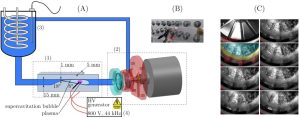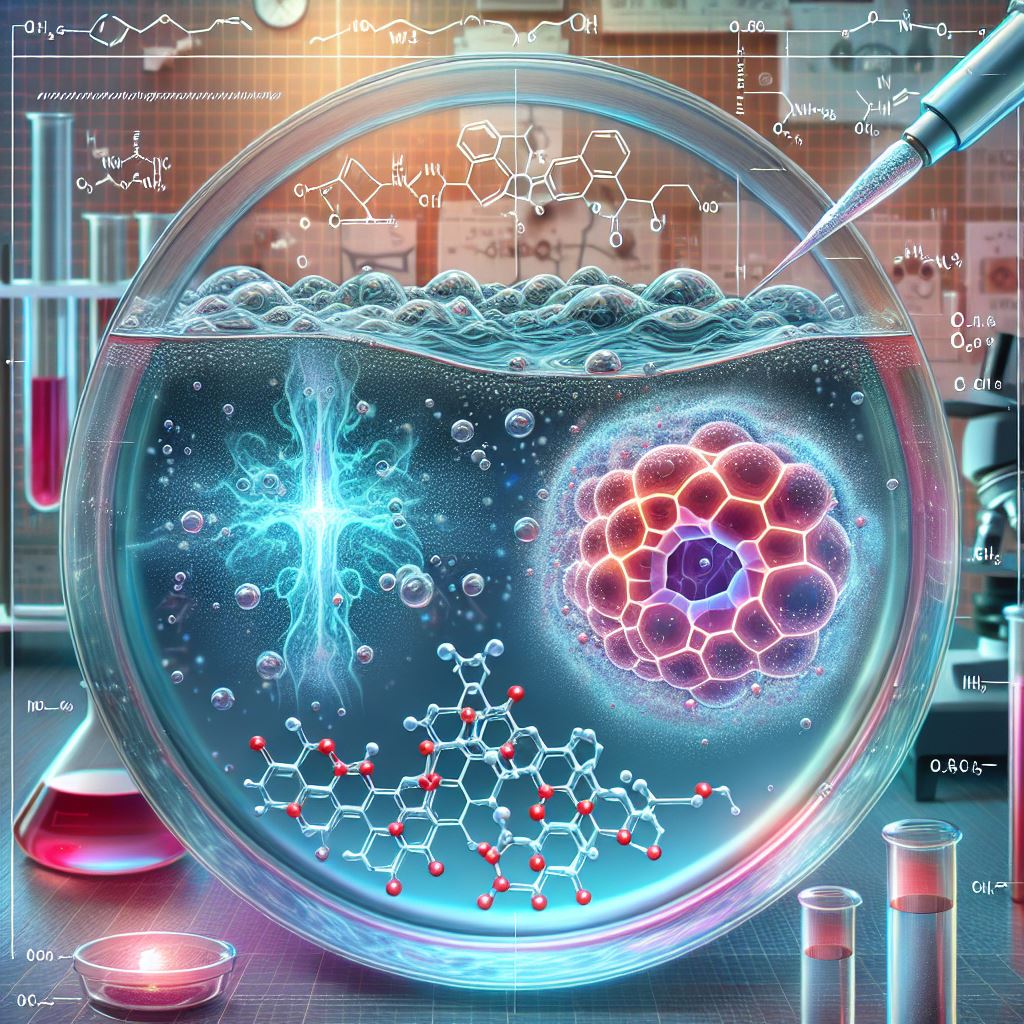Researchers from the Laboratory for Water and Turbine Machines (LVTS), together with researchers from the Jožef Stefan Institute (IJS) and the Faculty of Pharmacy (FFA), investigated the efficiency of removing 10 micropollutants using a combination of sub-atmospheric plasma and (super)cavitation. To this end, they optimized an already patented device (Figure 1) and published the results of the study in the journal Ultrasonics Sonochemistry (IF=8.7).
The persistence and toxicity of micropollutants present in drinking and wastewater requires the development of efficient and sustainable treatment methods to protect water resources. In this study, we systematically tested the efficacy and efficiency of a novel combination of two advanced oxidation processes – plasma generated at sub-atmospheric pressure within a (super)cavitation bubble and hydrodynamic cavitation – for the removal of a mixture of valsartan, sulfamethoxazole, trimethoprim, naproxen, diclofenac (DF), tramadol, propyphenazone, carbamazepine, 17β-estradiol (E2), and bisphenol A (BPA) in deionized water at a concentration of 100 µg/L.

Figure 1: (A) Schematic presentation of the plasma formation in the (super)cavitation bubble; (B) Image of plasma formation in Venturi constriction; (C) Cavitation visualization within the rotational generator of hydrodynamic cavitation.
The results showed that the investigated compounds were removed to varying extents (29 – 99 %), which most likely depends on their physicochemical properties. The highest removal rates, ≥ 89 %, were achieved for E2, BPA, and DF, which is particularly encouraging since the harmful environmental effects of these compounds can occur at concentrations as low as sub-ng/L to µg/L. The energy efficiency of the combined device under optimal experimental conditions is comparable to other systems described in the literature. Our results demonstrate that the novel plasma-cavitation treatment has potential and could be valuable for meeting upcoming regulatory requirements in the EU.
